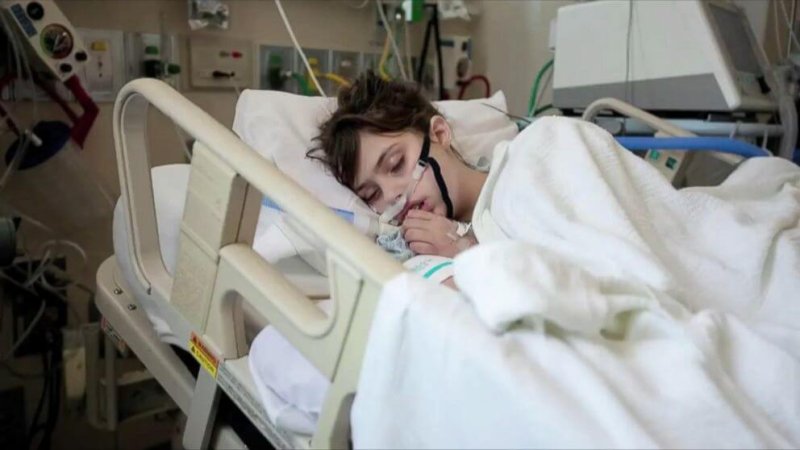Researchers may have found a way to detect inklings of consciousness in comatose and vegetative patients just days after they experience a brain injury—and it appears the method may help predict which patients will rouse and recover in the months afterward.
A team of researchers in New York recorded electrical activity in the brains of unresponsive patients while giving them simple spoken commands, such as “keep opening and closing your right hand” or “wiggle your toes.” Of 104 unresponsive patients tested, 16 (15%) showed some activity.
…
A year later, seven of them (44%) were able to function independently for at least eight hours at a time. By contrast, only 14% of those who showed no electrical activity early on reached that level of recovery after a year.
…
The study was small, and the authors caution that the results “require validation in larger, multi-center studies that are powered to detect differences in long-term outcomes.” But, if the findings hold up, the study could offer clinicians a way to help assess which patients may be able to emerge from a coma or vegetative state.
Read full, original post: Who will wake up from a coma? Electrical jolts in the brain offer hints































